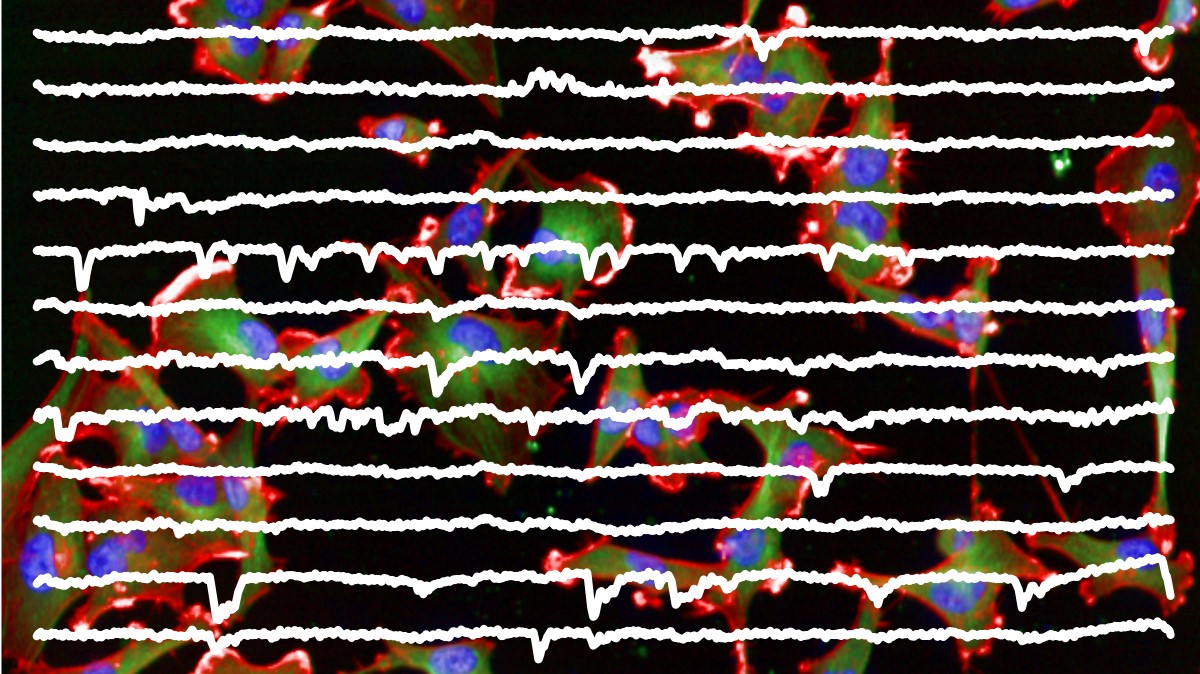Optical and computational technologies to image membrane voltage – Dr Amanda Foust

Like tiny batteries, each cell in our bodies maintains voltages across their membranes whose patterns and fluctuations underpin processes from cell division, to muscle contraction, to the communication between neurons underlying our every perception, thought, feeling, and action. In contrast with conventional electrodes, photons can be precisely targetted to and collected from multiple cells in parallel. Therefore, imaging membrane voltage has the potential to revolutionize the throughput of spatially resolved bioelectric investigation at cellular and subcellular scales. However, the optical signals that report membrane voltage are small, fast, and eminate from three-dimensional and highly light-scattering tissues. The Bioengineering team led by Dr Amanda Foust developed optical and computational methods to overcome barriers to imaging cellular electrical interactions. Their innovations include:
- Methods to image membrane voltage in three-dimensional volumes (in contrast with conventional imaging of two-dimensional planes)
- A microscope that scans multiple beams, combined with computational image processing, to enable fast, sensitive, and scattering-robust functional imaging
- A scheme enabling simultaneous optical manipulation and imaging of membrane voltage without crosstalk
- A voltage imaging system enabling the discovery of spatially and temporally structured electrical signals in aggressive human breast cancer cell lines
Precision fermentation and engineering biology for sustainable biomanufacturing - Dr Rodrigo Ledesma-Amaro
-1.png)
Rodrigo Ledesma-Amaro's laboratory combines advanced synthetic biology and metabolic engineering techniques for the sustainable production of food, chemicals, pharmaceuticals, and materials in both conventional and non-conventional microorganisms. Among various tools, they have developed patented CRISPR multiplexed technologies, enabling the fast and simultaneous manipulation of dozens of genetic targets in microbial cells, resulting in optimised cell factories for bioproduction.
Products created by Rodrigo Ledesma-Amaro's laboratory technologies include food ingredients, including proteins, omega-3 fatty acids, antioxidants, vitamins, stabilisers, sweeteners, fibre, or colourants (as shown in the picture). Currently, these products are made using non-sustainable technologies and precursors, such as petrochemicals, but can also be made using engineered microorganisms in an environmentally friendly manner. One of Ledesma-Amaro's lab goals is to promote the transition to a bioeconomy.